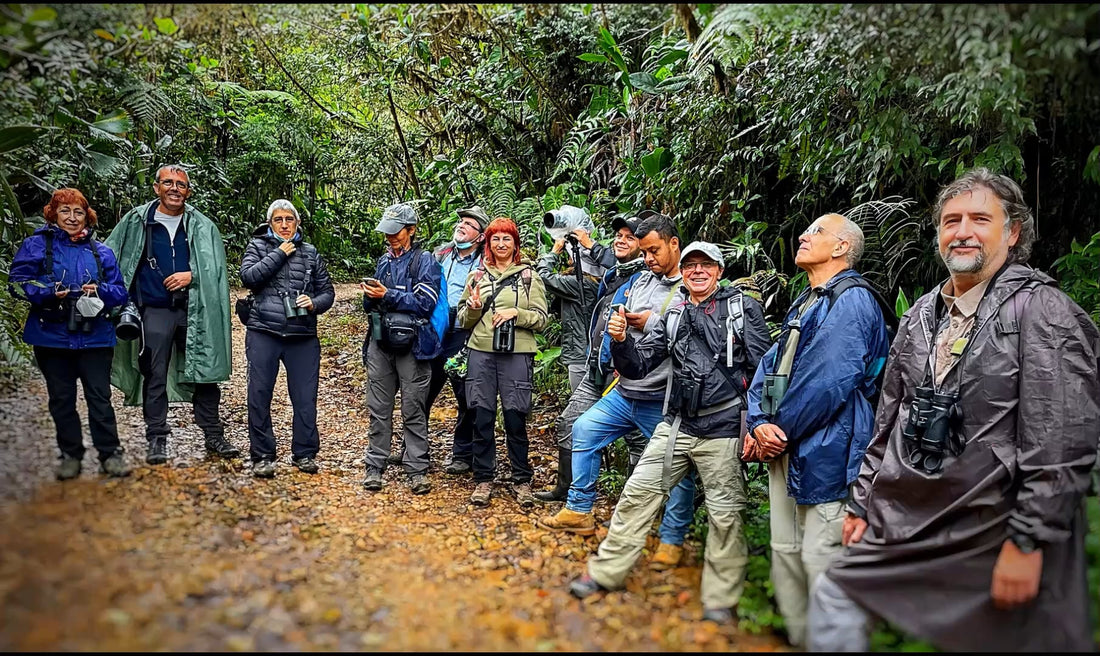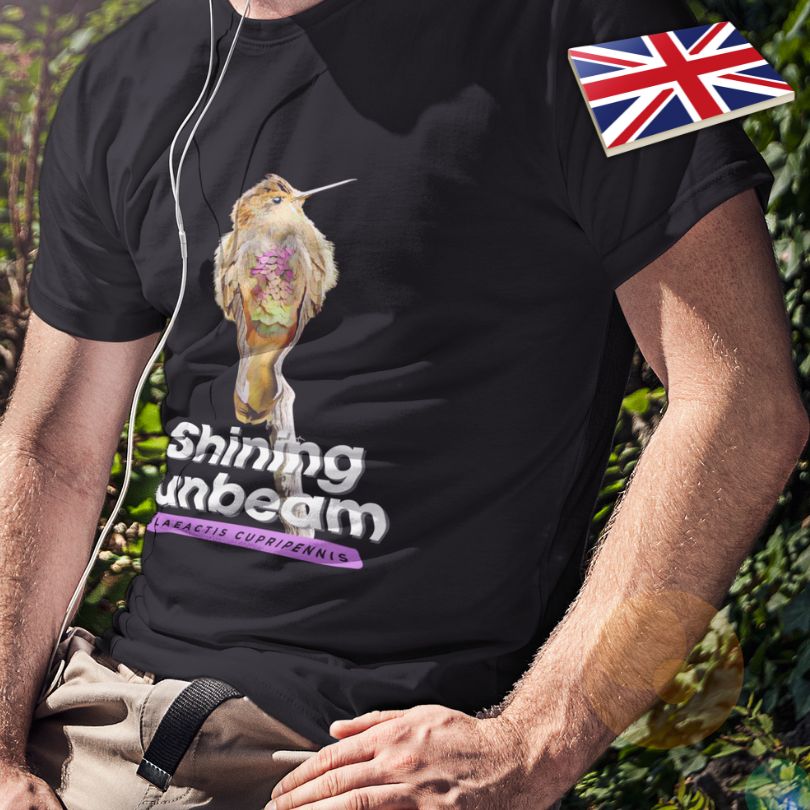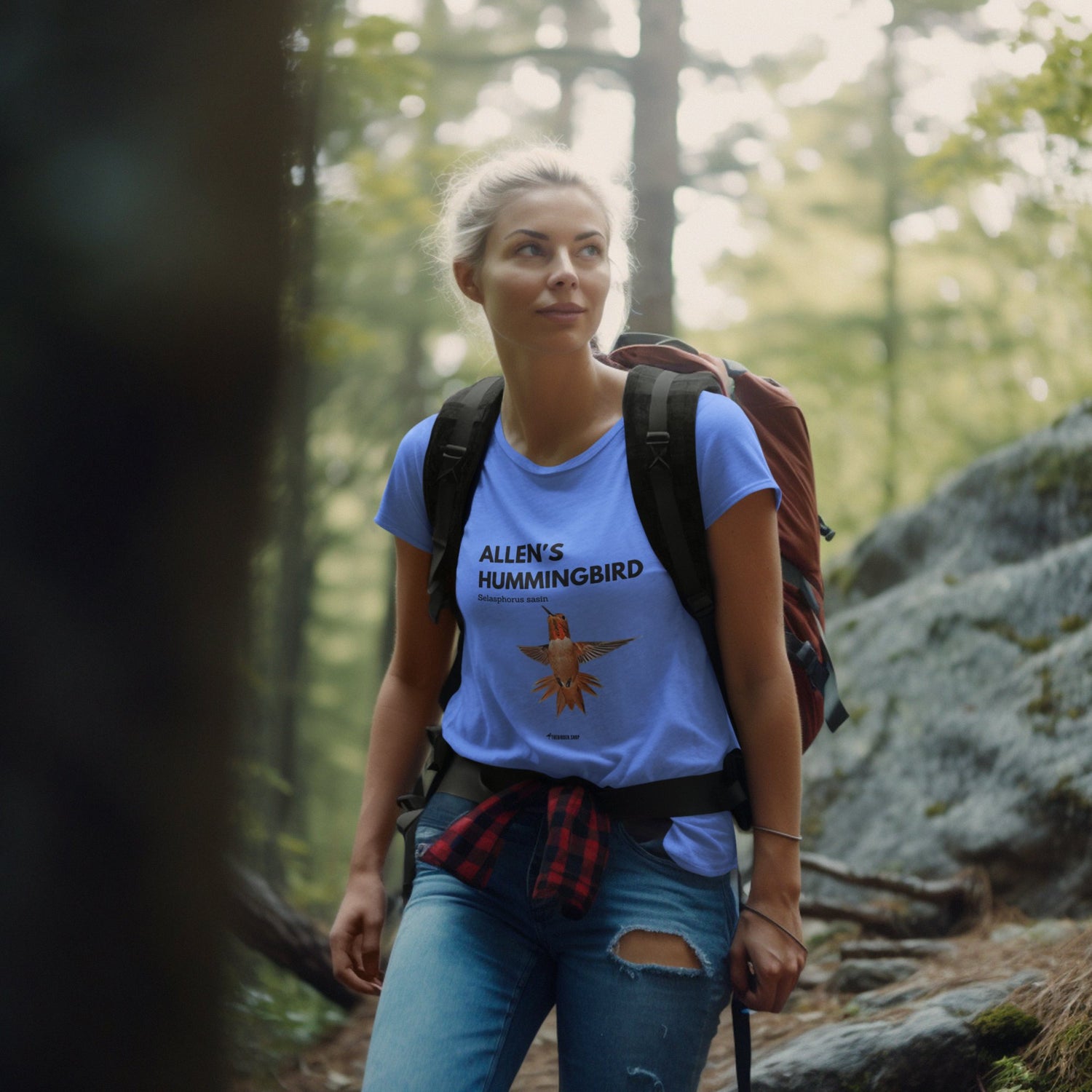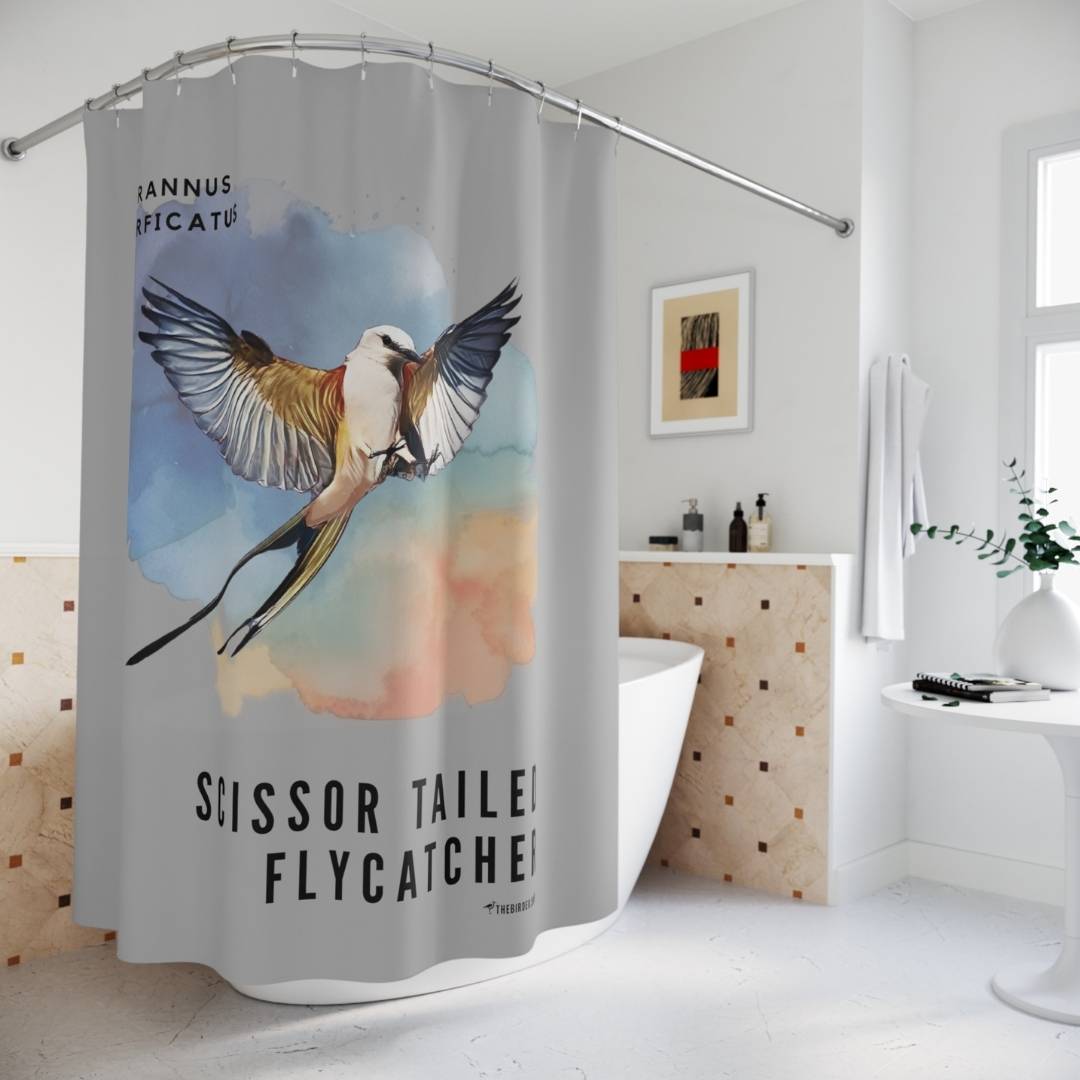OVERVIEW
Join us for an unforgettable birdwatching adventure! This tour takes you through the Colombian Chocó Bioregion, Cauca Valley, and the Western - Central Andes. You'll have the chance to see amazing 17 endemic species like Grayish Piculet, Apical Flycatcher, Multicolored Tanager, Crested Ant Tanager, Cauca Guan, Buffy Helmetcrest, Gold-ringed Tanager, Black-and-Gold Tanager, Colombian Chachalaca, Brown-banded Antpitta, Munchique Wood-Wren, Chestnut-bellied Flowerpiercer, Parker’s Antbird, Tatamá Tapaculo, Chestnut Woodquail, Stiles’s Tapaculo, Turquoise Dacnis,and many other fascinating birds.

The primary goal of our tour is to see as many bird species as possible, but we maintain a relaxed pace to ensure you can fully enjoy each moment. Whether you're a seasoned birder or new to birdwatching, our tour is designed to be enjoyable and rewarding for all participants.

Our experienced guides speak both English and Spanish fluently, providing seamless communication. With their deep knowledge of bird species, names in English, and bird calls, they ensure an enriching experience. Responsible use of playback techniques helps you spot birds while minimizing impact on their natural behavior.

DAY 1: Your Birdwatching Journey Begins!
Upon your arrival at Cali airport, we'll be eagerly waiting to welcome you at the agreed-upon time. After your warm reception, we'll head directly to the Hampton Hotel, situated in a prime area of the city. Cali, one of Colombia's vibrant cities, is not only a cultural hub but also a haven for nature lovers. Thanks to its unique location, it offers easy access to a stunning array of ecosystems and an incredible wealth of biodiversity.

DAY 2: Km 18 (Finca la Florida)
Our day begins at the break of dawn with a visit to the feeders at Finca La Florida, where the endemic Chestnut Woodquail frequently makes an appearance. Keep an eye out for the Little Tinamou as well, a rare find for birders. We’ll spend the morning navigating the farm’s trails, an exceptional spot for capturing the essence of cloud forest birds. Up to 15 species of hummingbirds and many other species of tanagers await your bins and lenses, offering amazing photographic possibilities. The view from the house overlooks the lush forest, home to quetzals and toucanets that often grace us with their presence. Don’t miss the chance to spot the vibrant endemics Multicolored Tanager, Colombian Chachalaca, and other fascinating species⬅️ that call this place home.

Endemic Multicolored Tanager
DAY 3: Upper Anchicayá / El Descanso
In the early hours, we will set out for the upper reaches of the old Buenaventura road, nestled within the cloud forest of the Pacific slope of the Western Andes. Our destination is El Descanso, the modest yet enchanting home of "Doña Dora," a dedicated woman who has turned her backyard into a sanctuary for hummingbirds and other bird species by thoughtfully placing feeders. This location offers a unique opportunity to observe some of the region's most stunning birds, including the endemic Crested Ant Tanager, vividly colored near-endemic Toucan Barbet, the awe-inspiring Andean Cock-of-the-Rock, and a variety of other near-endemics like the Velvet-purple Coronet, Rufous-gaped Hillstar, Green-crowned Woodnymph, and Black Solitaire. Prepare to be captivated by the wealth of birdlife that thrives in this serene setting.⬅️

Near-endemic Toucan Barbet
DAY 4: San Cipriano Natural Reserve
Before dawn, we’ll embark on a captivating walk along the paths that wind beside the San Cipriano River. Nestled in the heart of the Pacific Lowlands, the San Cipriano Natural Reserve is a hidden gem of the Chocó Bioregion. This area is a paradise for antbird enthusiasts, where we’ll have the opportunity to observe species such as the Black-crowned Antshrike, Checker-throated Antwren, Pacific Antwren, Dot-winged Antwren, Chestnut-backed Antbird, Stub-tailed Antbird, Bicolored Antbird, Zeledon's Antbird, and the elusive Ocellated Antbird. As we continue our exploration, we’ll also keep an eye out for other remarkable birds of the Chocó, including the Chocó Toucan, Black-breasted and Pied Puffbirds, White-tailed and Blue-tailed Trogons, the Five-colored Barbet, the mythical and elusive Sapayoa, and many more dazzling species that inhabit this biodiverse region.⬅️

Spotted Antbird
DAY 5: Sonso Lagoon
Today, our adventure takes us to Sonso Lagoon, an inundable meander of the Cauca River, the third largest river in Colombia. We will arrive at the birding site by 6:30 am, just in time to witness the morning activity in this tropical dry forest and its surrounding waters. Here, we’ll have the chance to spot a variety of species, including the endemic Grayish Piculet, endemic Apical Flycatcher, the vibrant Ruby Topaz, the elusive Dark-billed and Dwarf Cuckoos, the fascinating Common Potoo, the striking Yellow Oriole, and the colorful Red-capped Cardinal, among others.⬅️ Around noon, we’ll enjoy a relaxing lunch before we depart for our next destination. Our journey continues to Montezuma Lodge in Tatamá National Park, where we’ll settle in for the night. Although the accommodations at Montezuma Lodge are modest, they are clean, welcoming, and well-equipped with spectacular hummingbird feeders, making it a perfect spot for bird enthusiasts.

Endemic Grayish Piculet
Days 6-7: Montezuma Road (upper and middle section)
Over the next two days, we will journey along Montezuma's Road upper and middle section. It´s a rugged dirt road that winds its way into the heart of Tatamá National Park. Nestled in the foothills and subtropical regions of the Chocó Bioregion, this road is the sole gateway to the park and a renowned destination among birdwatchers. It is a must-visit location for birders in Colombia. The road provides a breathtaking elevation gradient from 2800 meters above sea level down to 1300 meters, where the species of the Chocó Bioregion intersect with those of the Western Andes. Over these two days, we will have ample opportunities to spot endemics such as Chestnut bellied Flowerpiercer, Gold-ringed Tanager, Black-and-gold Tanager, Munchique Wood Wren, Tatamá Tapaculo, Parker's Antbird, and Crested Ant Tanager, as well as near-endemics like the Purple-bibbed Whitetip, Brown Inca, Velvet-purple Coronet, Black Solitaire, Purple-throated Woodstar, Fulvous-dotted Treerunner, and many other extraordinary species. ⬅️

Endemic Chestnut bellied Flowerpiercer
DAY 8: Morning Birding at Lower Montezuma and Arrival in Pereira
We will rise early to explore the birdlife around the lodge at an altitude of 1300 meters. Our morning will be filled with the excitement of spotting a diverse array of species. We’ll keep an eye out for the Broad-billed Motmot, Lanceolated Monklet, and the endemic Grayish Piculet. The dense forests here are also home to amazing bird species like Zeledon’s Antbird, Plain-backed Antpitta, Chocó Tapaculo, Striolated Manakin, Slaty-capped Shrike Vireo, Chocó Vireo, Golden-bellied Warbler, White tipped Sicklebill, Spotted Woodcreeper, Olive backed Woodcreeper, Buff fronted Foliage-gleaner, Ruddy Folliage-gleaner, among other stunning species that will undoubtedly catch our attention. ⬅️ After a fulfilling morning of birdwatching, we will depart heading to Pereira.

Striolated Manakin
DAY 9: Birding at Cauquitá Reserve and Transfer to Otún Quimbaya Sanctuary
This morning, we will head to the Cauquitá Reserve, a hidden gem located in an exclusive area of the city. As we enter, we’ll be greeted by open spaces and small artificial lakes, perfect for spotting the unique species that thrive in the tropical dry forest connected to a forest corridor from the Western Andes. Today’s birdwatching promises another chance to see fantastic endemics, such as Grayish Piculet and Apical Flycatcher, alongside a variety of magnificent birds. We’ll be on the lookout for the striking Ultramarine Grosbeak, Grassland Sparrow, Black-Striped Sparrow, and the Speckle-breasted Wren. Other species that might catch our eye ⬅️ include the Jet Antbird, Black billed Cuckoo, Dwarf Cuckoo, Little Cuckoo, Golden collared Manakin, Sooty headed Tyrannulet, Piratic Flycatcher, Tropical Gnatcatcher, Black striped Sparrow, Red-rumped Woodpecker, Lineated Woodpecker, and Spot-breasted Woodpecker. After a morning filled with birdwatching, we will transfer to the Otún Quimbaya Sanctuary, where we’ll settle in and prepare for the next day’s adventures.

Ultramarine Grosbeak
DAY 10: Otún Quimbaya Sanctuary / transfer to Manizales
Otún Quimbaya is a renowned flora and fauna sanctuary, spanning 489 hectares of tropical and sub-Andean forests. This rich and diverse habitat is home to an incredible variety of bird species, making it a must-visit location for birdwatchers. The sanctuary boasts an impressive 259 species of flora, including oak, cherry, and rosemary trees, providing the perfect environment for both bird and butterfly watching. Among the resident wildlife are crab-eating foxes, howler monkeys, and tapirs, adding to the sanctuary's charm. Our primary birding targets include Iconic species of the andean rivers, the splendid Torrent Duck, the fabulous endemic Cauca Guan and the striking Red-ruffed Fruitcrow. We’ll also keep an eye out for other endemics like Stiles's Tapaculo, as well as near-endemics such as the Golden-fronted Whitestart, Hooded Antpitta,Moustached Antpitta, Rufous-breasted Flycatcher and many more breathtaking bird species. ⬅️After a rewarding day of birdwatching, we will depart in the afternoon for Manizales

Torrent Duck
DAY 11: Río Blanco Natural Reserve
We’ll explore the Río Blanco Natural Reserve, a premier birding location nestled in Colombia’s central Andes, just 15 minutes from the city of Manizales. Spanning 4,932 hectares, the reserve primarily consists of cloud and sub-Andean forests, with a few small clearings. Managed by the local water company, the reserve plays a vital role in protecting the city’s main water source. Birdwatchers from around the world flock to this site for its impressive avian diversity. The feeders and flowering plants around the guest house attract a fascinating variety of hummingbirds and tanagers. However, the highlight of Río Blanco is undoubtedly the Antpitta feeding stations, which are regularly visited by four species: the Chestnut-crowned Antpitta, the near-endemic Bicolored Antpitta, the endemic Brown-banded Antpitta, and the Slate-crowned Antpitta. Beyond these, we’ll have the opportunity to spot a wealth of other species, such as the White-rumped Hawk, Band-tailed Pigeon, Lyre-tailed Nightjar, Lesser and Sparkling Violetears, Long-tailed Sylph, Fawn-breasted Brilliant, Golden-headed Quetzal, Southern Emerald Toucanet, Buff-breasted Mountain Tanager, the rare Masked Saltator, Yellow-vented, Bar-bellied, and Crimson-mantled Woodpeckers, and other magnificent birds. ⬅️

DAY 12: Glamping El Color de mis Revés
Early in the morning, we’ll gather at our designated meeting point and leave our car behind as we switch to 4x4 vehicles for the journey to our unique glamping destination. Nestled at an elevation of 2,800 meters, the glamping site is surrounded by High Andean forest, offering a habitat rich in avian specialties. Today we will have chances for sightings of remarkable species such as the Sparkling Violetear, Black-thighed Puffleg, Collared Inca, and the impressive Sword-billed Hummingbird. Other highlights include Andean Pygmy-owl, Gray-breasted and Black-billed Mountain Toucans, Black collared Jay and the striking Crimson-mantled Woodpecker. The forest is also home to the Golden-plumed Parakeet, and various Antpitta species, including the Bicolored, Chestnut-naped, and Slate-crowned Antpittas. Additionally, we might encounter the Ocellated Tapaculo, Sedge Wren, Gray-browed Brushfinch, White-capped Tanager, Lacrimose Mountain Tanager, Scarlet-bellied Mountain Tanager, Superciliaried Hemispingus, and more fabolous high andean species. ⬅️

Chestnut-crowned Antpitta
DAY 13: Hacienda El Bosque / Nevados National Park
Early we will visit Hacienda El Bosque, a cattle ranch that has dedicated a significant portion of its land to conservation, creating a forest corridor ideal for birdwatching and photography. Here, we’ll have the chance to observe and photograph a variety of species, including Gray-breasted Mountain Toucan, Ecuadorian Antpitta, Crescent-faced Antpitta, Barred Fruiteater, and many other fascinating birds. In the afternoon, our journey will take us to Los Nevados National Park, located in the highest part of the Central Andes of Colombia.

Crescent-faced Antpitta
We will reach elevations of up to 4,000 meters above sea level. We will do it in our Van and we will have mild, short, easy walks. The landscape is breathtaking, with the iconic frailejón (Espeletia) plants endemic to Colombia, Venezuela, and Ecuador. This is a paradise for high-altitude species, where we may encounter birds such as the endemic Buffy Helmetcrest, Andean Teal, Ruddy Duck, Tyrian Metaltail, Mountain Velvetbreast, Many-striped Canastero, the endangered endemic Rufous-fronted Parakeet, Viridian Metaltail, Stout-billed Cinclodes, White-chinned Thistletail, White-throated Tyrannulet, Red-crested Cotinga, Andean Tit-Spinetail, Paramo Tapaculo, Pale-naped Brushfinch, Andean Condor, Andean Siskin, along with a wide range of other paramo bird species. ⬅️
Endemic Buffy Helmetcrest
DAY 14: Termales del Ruiz and Transfer to Buga
We will spend the morning enjoying birdwatching at the feeders of the Termales del Ruiz Hotel and in the surrounding areas. This is a prime location to observe a wide variety of species. We’ll be on the lookout for the Purple-backed Thornbill, Rainbow-bearded Thornbill, Tyrian and Viridian Metaltail, and the Golden-breasted and Black-thighed Pufflegs. Additionally, the Buff-winged Starfrontlet and Great Sapphirewing are likely to make an appearance. We’ll also hope to spot the Tawny Antpitta, Paramo Tapaculo,Black-chested Mountain Tanager, Golden-crowned Tanager, Blue-backed Conebill, and both Glossy and Black Flowerpiercers, among others.⬅️ After a morning filled with exciting birdwatching, we’ll have lunch and then set off for Buga.

Rainbow-bearded Thornbill
DAY 15: Final Birding at Ecohotel El Diamante
Depending on your flight schedule, we’ll explore the feeders and trails in Ecohotel El Diamante, making the most of our final birdwatching opportunities. This area is home to some remarkable species, including the endemic Turquoise Dacnis, Grayish Piculet, and Parker's Antbird. We’ll also be on the lookout for interesting birds like the Sharp-tailed Streamcreeper, White-vented Plumeleteer, Dull-colored Grassquit, Spot-breasted Woodpecker, Cocoa Woodcreeper, Slaty Spinetail, Rufous-naped Greenlet, Southern Beardless Tyrannulet, Yellow-crowned Tyrannulet, Long-billed Gnatwren, Guira Tanager, Thick-billed Euphonia, Bay-headed Tanager, Blue-necked Tanager, and many other bird species.⬅️After a morning filled with birding, we’ll then transfer you to Cali’s International Airport (Alfonso Bonilla Aragón), where our tour will conclude.

Endemic Turquoise Dacnis
SPECIFICATIONS:
Length: 14 Nights/ 15 days
Starting city: Cali Ending city: Cali
Pace: Relaxed Physical Difficulty: Easy -Medium
Focus: Birdwatching
Bear in Mind
Start Times: Our days will typically begin early, with start times generally between 5:00 and 5:30 am, though some mornings we may begin as early as 4:30 am.
Meals: Field breakfasts will be arranged on certain days, while other meals will be enjoyed at lodges, hotels, or nearby restaurants. Each meal includes a main dish and a drink (water, soda, juice, or beer). Please note that appetizers, desserts, extra beverages, beer, and wine (by the glass or bottle) are not included.
Land Transportation:Travel between birding locations is relatively short, ranging from 2 to 2.5 hours, with the longest drive on day 3 being around 4.5 hours. Our primary mode of transportation will be a comfortable, air-conditioned van, except when road conditions require the use of 4x4 vehicles, such as on Montezuma Road, Glamping Color de mis Revés, and Ecohotel El Diamante.
Walking and Terrain: The walks during this tour will generally be mild, even in mountainous areas. Most of our birding will be done along dirt roads, where we’ll typically be walking downhill. On average, we’ll walk about 5 km per day. On a few occasions, we will hike short, moderately difficult trails where a walking stick may be helpful. On day 3 at El Descanso, we will undertake a more challenging walk, navigating a muddy and steep path to reach the Cock-of-the-Rock lek. It’s recommended to proceed slowly, and this part of the tour is not suitable for those with mobility issues. Good-grip footwear is essential.
Access to Montezuma Road and Glamping Color de Mis Reves involves a rough 4x4 drive, which may be uncomfortable for those with severe back issues. Please consult with us if you have any concerns.
Climate: The weather will vary, with warm temperatures in the lowland areas such as Anchicayá, San Cipriano, Ecohotel El Diamante, and Sonso. In the highlands, the climate will be cooler and more pleasant. The coldest temperature we’ll encounter is usually around 7°C during the early morning at Nevados National Park. It’s advisable to wear a couple of layers for the first hour or two until it warms up.
The tour is scheduled during the dry season, but rain is still possible, especially in the mountains, though it’s generally light.
Accommodations: We will use 4 star hotels when possible and Birding Lodges. All hotels and accommodations provide private bathrooms and electricity. At higher elevations, hot water is available at all locations. Wi-Fi is typically available in all hotels, though it may be limited to public areas and can sometimes be slow.
Expectations and Guidelines for a Smooth Birding Tour Experience ⬅️
Join our next tour and enjoy the beauty of Colombia's birdlife like never before! Email or hit us up on WhatsApp, asking for dates, quote and our detailed itinerary with lodging, and everything included in our tours.









